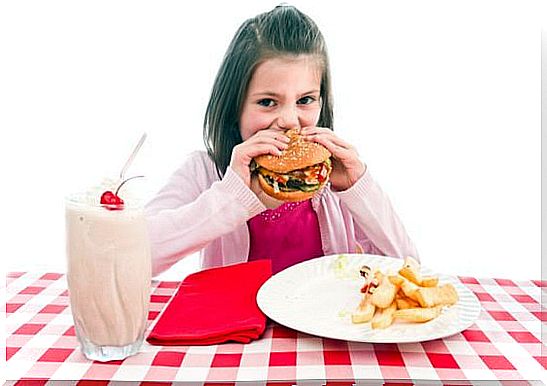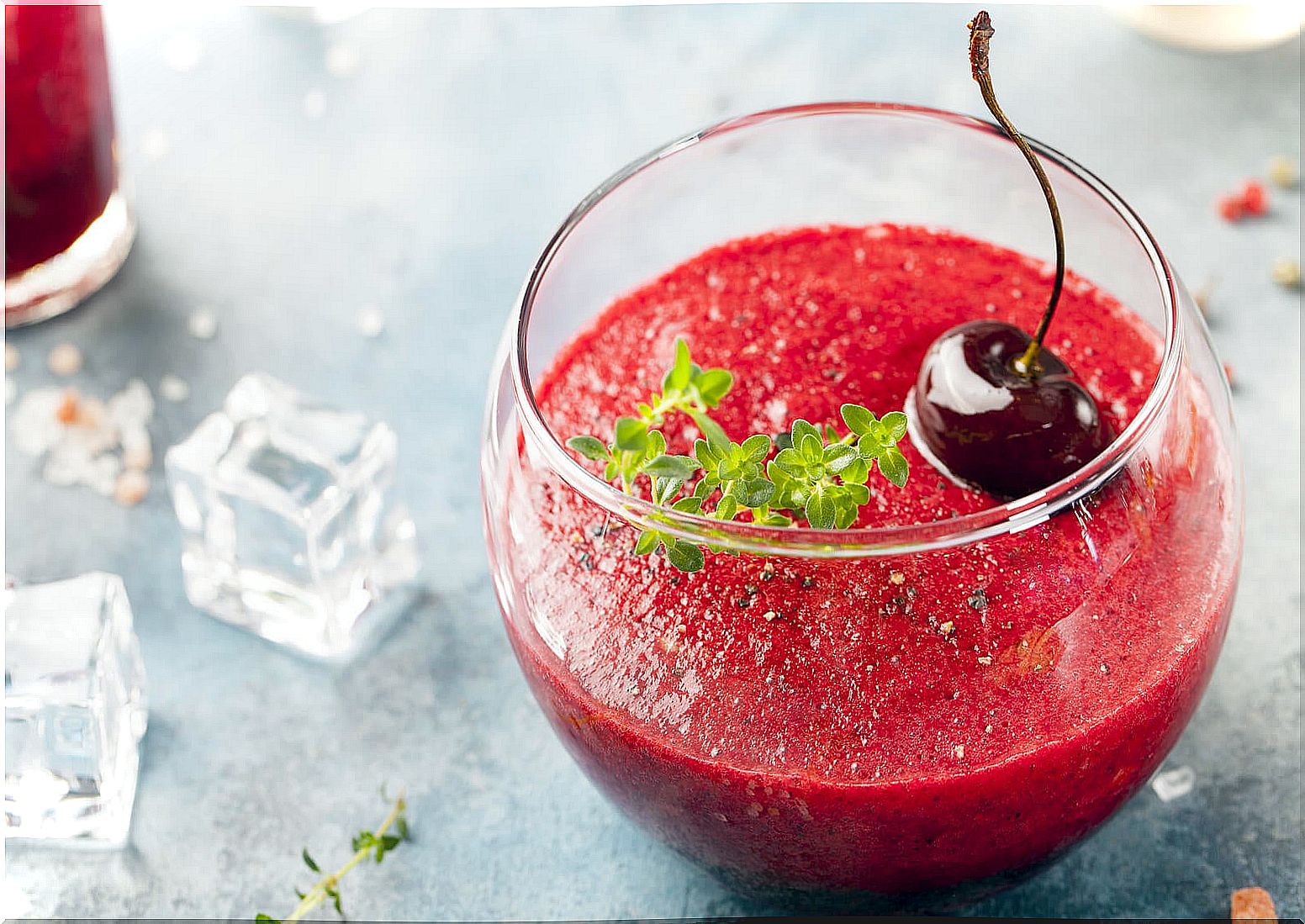There Is Too Much Salt In Your Child’s Mouth

Every day we have to deal with serious problems. Silent, subtle, but serious. Excess salt in food is one of them, this is manifested especially in snacks, although there are “more harmless” foods such as canned grains or preserved sauces that also carry too much salt in your child’s mouth.
For a few years I have known that the father who gives his son a soda or soda commits a crime: It is too much sugar! The trinkets place us in two dangerous extremes, because they have excesses of sugar or salt. The fruits should be the candies.
Too much processed food
This way of life to which we have adapted and which we call modernity does not take away the time we spend at home to occupy it working. The point is that to lighten the housework we choose to feed ourselves with canned, preserved or frozen food, which usually has excess salt and that salt is also being consumed by children. We have to bear in mind that ultra-processed products have been shown to be capable of promoting obesity.
The above statement is not an exaggeration. Researchers from the United States Centers for Disease Control and Prevention (CDC) studied more than 6,200 children between the ages of 8 and 18 and published the results in the journal Pediatrics.
They found in the average child and adolescent a daily consumption of about 3,400 milligrams of sodium. Consumption increased with age and, on average, males consumed higher amounts.
Consequences of excess salt
The American Heart Association recommends that most people consume 2,300 milligrams of salt per day. On average we consume about 3,400 milligrams of salt each day; which represents 150% more than the recommended amount.
Another study states that nine out of 10 children, ages 6 to 18, consume a lot of salt each day. This means that your child may be one of those who are consuming excessive amounts of the ingredient. And the most alarming problem is that children who eat a lot of salt are at double risk for high blood pressure.
However, there are alternatives. Ideally, we should not consume salt, however there are less radical measures. An effective way to reduce sodium in canned food is by draining and rinsing it. Do this with beans, corn, and other vegetables and canned foods. These two simple steps help reduce sodium by up to 41%. Take a minute to drain and rinse your canned goods. Note that the relationship between salt intake and increased blood pressure has been shown in a study published in the Journal of Clinical Hypertension.
More and more salt is used
The use of salt in food has increased over time, according to the Food Commission of Great Britain, the salt in French fries has doubled in the last 25 years, and some children’s products contain more sodium than daily dose recommended by health experts.
A meal from a fast food chain causes a six-year-old to eat significantly more salt than is recommended. “Most people, including children, take twice as much salt every day as the recommended maximum,” said Kath Dalmeny, a researcher for the Food Commission, in an article published by the BBC in London.
The question is in the health implications of excessive salt consumption. Eating foods high in salt has been shown to increase blood pressure, which is the leading cause of strokes and heart attacks.

The six foods with the most salt
According to the American Heart Association, three-quarters of the salt we consume comes from foods that do not taste salty. What are these foods? An NGO called ONIE PROJET made a list of the six foods that add excess salt to our diet.
1 – Breads and rolls
A slice of bread can have up to 230mg of sodium. This may not sound like much, but since some of us are used to eating bread for breakfast, lunch, and dinner, little by little this turns into a lot of salt.
2 – Cold and smoked meats
Deli meats are a source of a lot of salt. One serving can have 750mg of sodium or more. This is one third of the recommended amount per day.
3 – Pizza
Pizza is very tasty and a quick and convenient meal, but one slice can have 730 mg of sodium (and if we’re honest – who eats just one slice?). If we eat pizza we could easily eat the recommended total sodium per day.
4 – Birds
Chicken and other poultry such as turkey are injected with salt water when they are packaged. So between 8 to 20% of the net weight is salt water.
When buying chicken, check the nutrition label, make sure the food has not been “enhanced” with “chicken broth” or “saltwater solution”.
5 – Soup
Prepared soups can contain high levels of sodium. For example, a can of tomato soup can have up to 1260 mg of sodium per cup. Powdered soups usually have a lot of salt. One type of soup has 875mg of sodium per cup.
6 – Sandwiches
With two slices of bread, cold meats, and cheese, it’s easy for a sandwich to have 1,500mg of sodium or more.
Be careful with the salt
An excess of salt can cause health problems in the medium term. For this reason it is necessary to review the labeling of industrial products to avoid ingesting it in high quantities. Always prioritize the consumption of fresh, since these do not contain added sodium.










